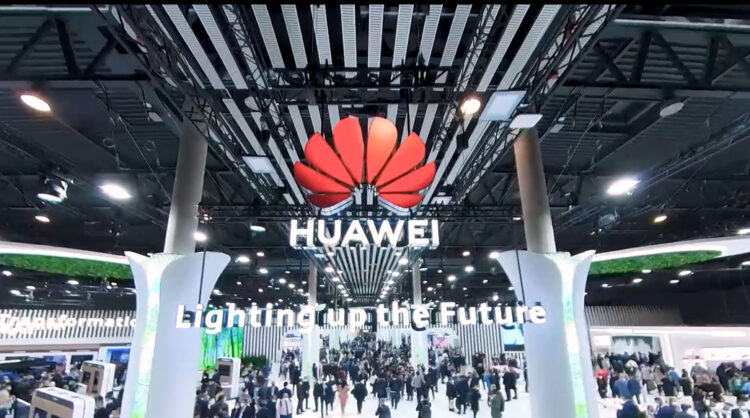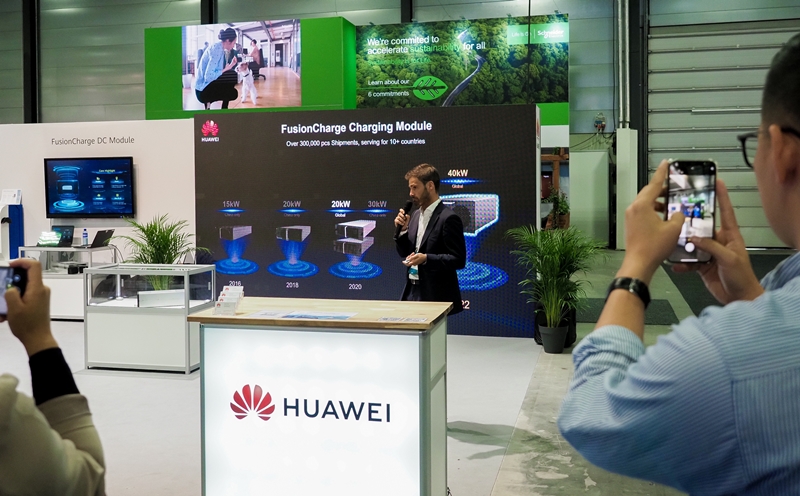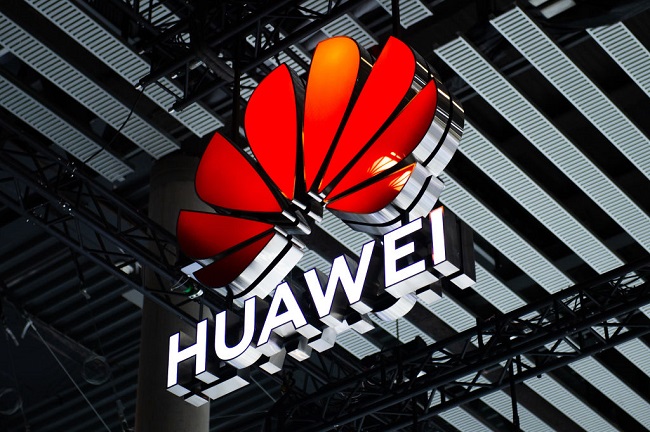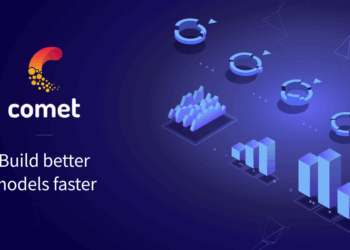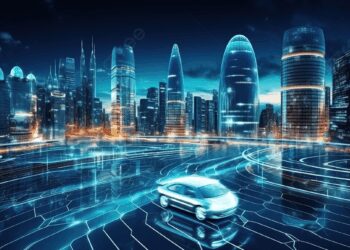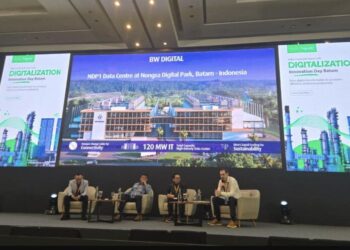In a bold stride towards technological autonomy and innovation, Huawei has recently introduced a suite of next-generation smart solutions. These advancements span across various sectors, including mobile networks, artificial intelligence (AI), data storage, smart cities, and renewable energy. This comprehensive rollout underscores Huawei’s commitment to driving digital transformation and reducing reliance on foreign technologies.
A. AI-Centric 5.5G: Revolutionizing Mobile Connectivity
At the Mobile World Congress (MWC) 2025 in Barcelona, Huawei unveiled its AI-Centric 5.5G solutions, marking a significant leap in mobile network evolution. These solutions are designed to enhance user experience, streamline operations, and open new avenues for monetization.
Key Components:
1. GigaGear: This component focuses on intent-driven resource collaboration across time, frequency, spatial, and power domains. It ensures efficient and agile network scheduling, providing adaptive experiences for diverse AI applications.
2. GreenPulse: Emphasizing energy efficiency, GreenPulse introduces automation to maximize spectral and energy utilization. It aims for “0 Bit, 0 Watt, 0 Loss” and delivers high-level network autonomy with “0 Touch, 0 Wait, 0 Fault”.
3. GainLeap: This solution empowers operators with intent-driven experience and value monetization. Utilizing the RAN intelligent service engine (RISE), it enables on-demand service orchestration and network capability openness.
These innovations collectively aim to build a robust connectivity infrastructure, facilitating the seamless integration of AI into mobile networks.
B. HarmonyOS NEXT: A Leap Towards Software Independence
Huawei’s commitment to software autonomy is evident in the launch of HarmonyOS NEXT. Unlike its predecessors, HarmonyOS NEXT is a standalone operating system, devoid of Android’s AOSP framework. This shift signifies Huawei’s move towards complete software independence.
Notable Features:
-
Native App Support: HarmonyOS NEXT supports only native applications, enhancing performance and security.
-
Ark Compiler: The integration of the Ark Compiler facilitates efficient app development and execution.
-
Enhanced User Experience: The OS offers a seamless and intuitive user interface, tailored for Huawei devices.
The first devices to feature HarmonyOS NEXT were the Mate 70 series smartphones, launched in November 2024.
C. Ascend 920: Pioneering AI Processing
In response to global AI chip shortages, Huawei introduced the Ascend 920, a next-generation AI chip designed to fill the void left by competitors. Engineered using a 6nm process, the Ascend 920 boasts over 900 TFLOPs of processing power and 4 TB/s memory bandwidth with HBM3 modules.
Variants:
1. Ascend 920: Tailored for general AI applications, offering robust performance for various tasks.
2. Ascend 920C: Optimized for Transformer and Mixture of Experts models, delivering 30% to 40% higher efficiency than its predecessor, the Ascend 910C.
These chips are poised to strengthen Huawei’s position in the AI hardware market, especially within China.
D. AI-Ready Data Storage: Empowering Carriers
Recognizing the growing demand for efficient data management, Huawei launched AI-Ready data storage solutions aimed at carriers. These solutions are designed to transform disordered data into high-quality assets, unlocking the value of data in the AI era.
Offerings:
1. OceanStor Dorado: A converged all-flash storage solution boasting 100 million-level IOPS and financial-grade reliability.
2. OceanStor Pacific: An all-flash scale-out storage system offering exabyte-level scalability and low power consumption.
3. OceanProtect: An all-flash backup storage solution providing five times faster data recovery than industry alternatives.
These offerings aim to support carriers in their transition towards AI-driven operations.
E. Smart City Solutions: Building Intelligent Urban Centers
Huawei’s next-generation smart city solutions are designed to enhance urban management and improve residents’ quality of life. Central to this initiative is the city intelligent twins architecture, which integrates various city functions into a cohesive system.
Core Components:
1. Smart City IOC: Integrates city perception, operation management, collaborative command, and decision-making analysis.
2. Government Services: Leverages AI assistants to deliver intelligent and efficient public services.
3. City Foundation Models: Applied to city operations and management to improve quality and efficiency.
These solutions have demonstrated significant improvements in urban management efficiency and public service delivery.
F. Aviation Solutions: Elevating Air Travel
At the Passenger Terminal Expo 2025, Huawei introduced five aviation solutions aimed at enhancing operational efficiency and passenger experience. These solutions integrate advanced technologies to create intelligent digital twins for the aviation industry.
Highlights:
1. Smart Airport IOC: Enables precise and efficient decision-making through all-domain situational awareness.
2. Total Airport Management (TAM): Streamlines production and operations systems, connecting over 30 airport production systems.
These innovations are set to revolutionize airport operations, ensuring safety and efficiency.
G. FusionSolar C&I OASIS: Advancing Renewable Energy
In a move to promote sustainable energy, Huawei launched the FusionSolar C&I OASIS solution in Malaysia. This solution aims to accelerate the nation’s transition to green energy, enhancing safety and efficiency in commercial and industrial solar installations.
Key Features:
1. PV+ESS Parity: Combines solar power and energy storage to offer the most economical and universal form of power.
2. Safety Enhancements: Incorporates advanced safety features to ensure reliable energy storage and distribution.
This initiative underscores Huawei’s commitment to supporting Malaysia’s green energy growth.
H. PanGu: Huawei’s Multimodal AI Model
Huawei’s PanGu is a large language model designed to cater to various industries, including government, finance, manufacturing, mining, and meteorology. With a hierarchical architecture, PanGu allows customers to adapt the model to specific tasks and train it on their datasets.
Capabilities:
-
Multilingual Support: PanGu supports Chinese, English, and Russian languages.
-
Industry Applications: Tailored for enterprise use, focusing on task execution over creative work.
-
Integration: Utilized in Huawei’s Celia Virtual Assistant, enhancing user interaction through advanced AI features.
PanGu represents Huawei’s strides in AI development, offering versatile solutions across various sectors.
Conclusion
Huawei’s recent technological advancements signify a transformative period for the company, emphasizing innovation, autonomy, and sustainability. By introducing cutting-edge solutions across multiple sectors, Huawei is not only enhancing its global competitiveness but also contributing significantly to the evolution of smart technologies worldwide.

